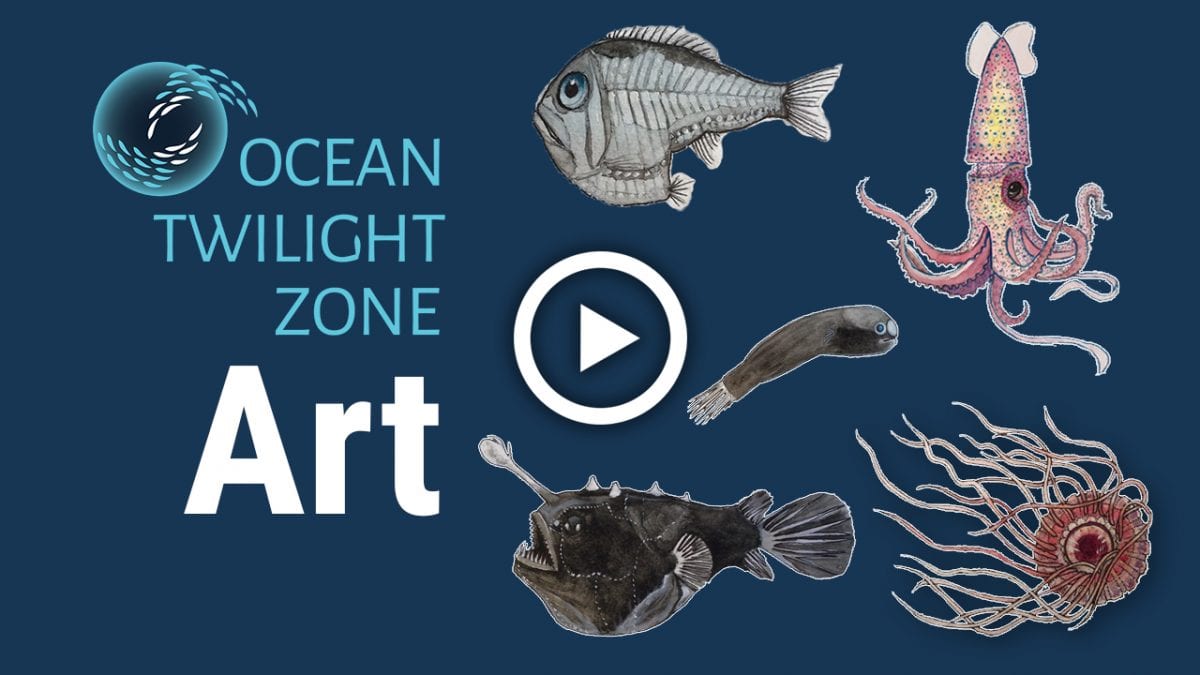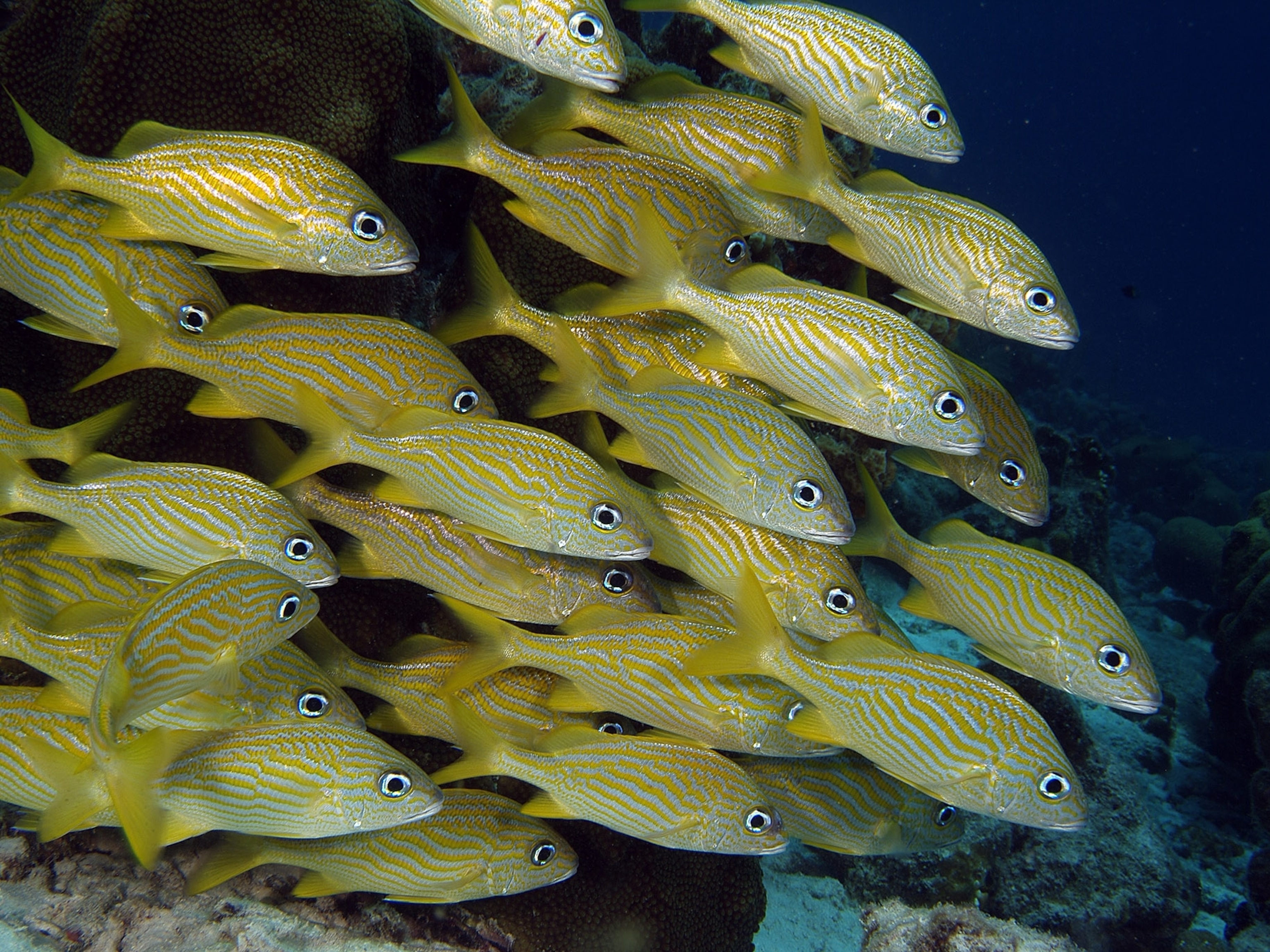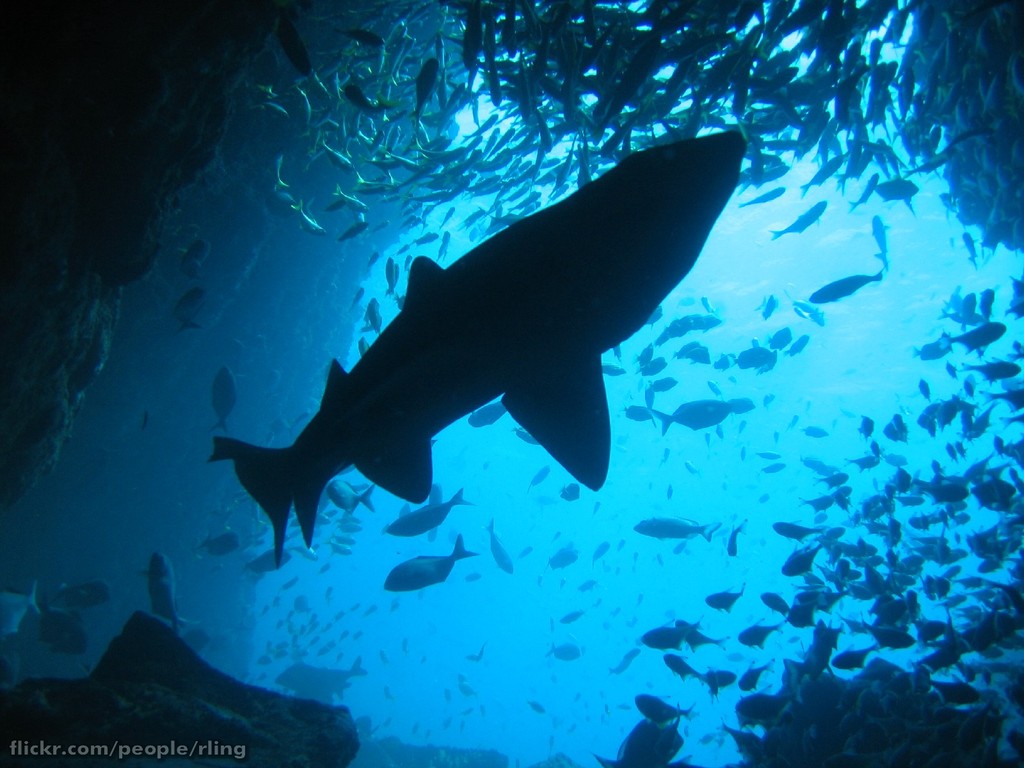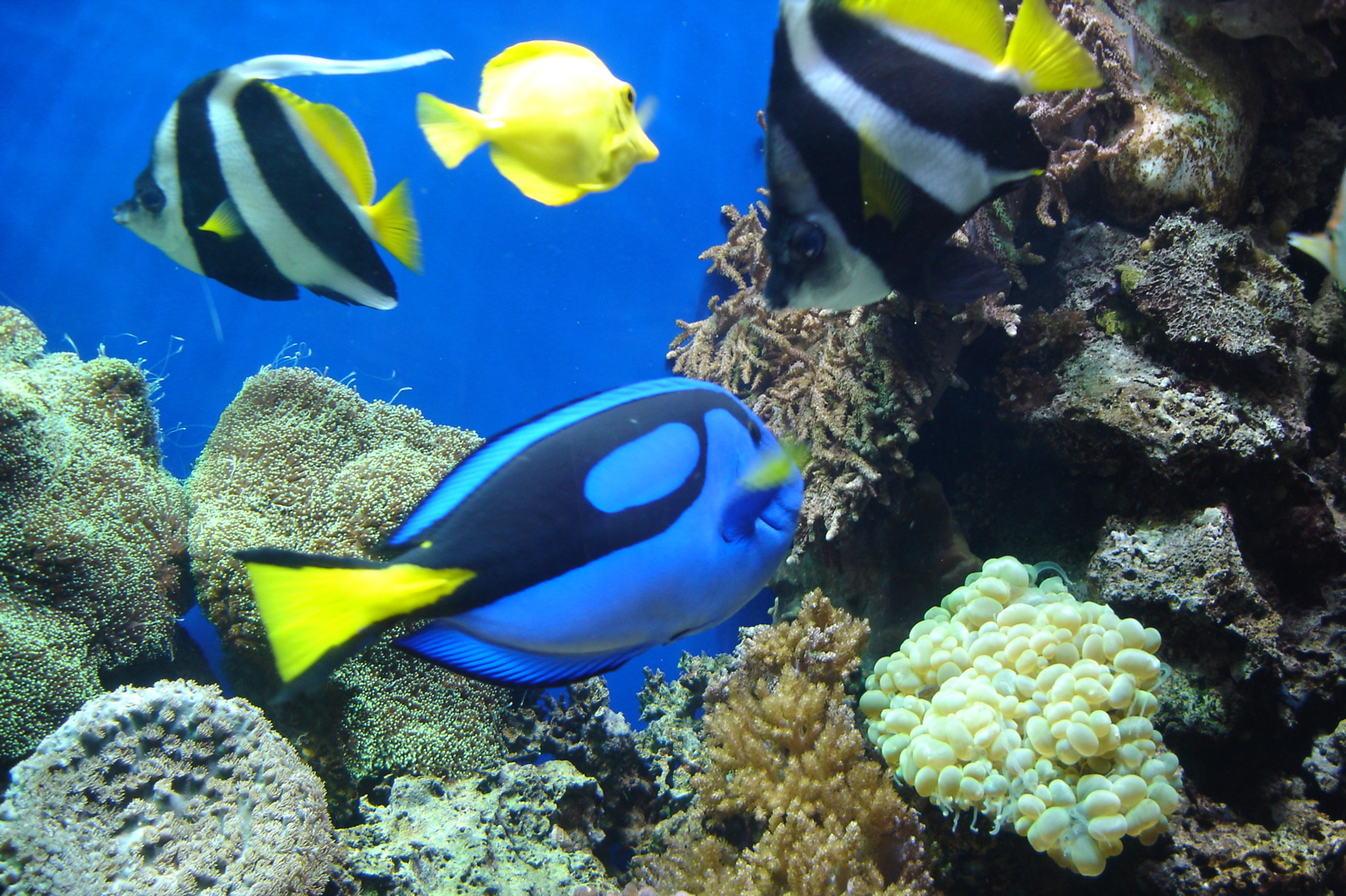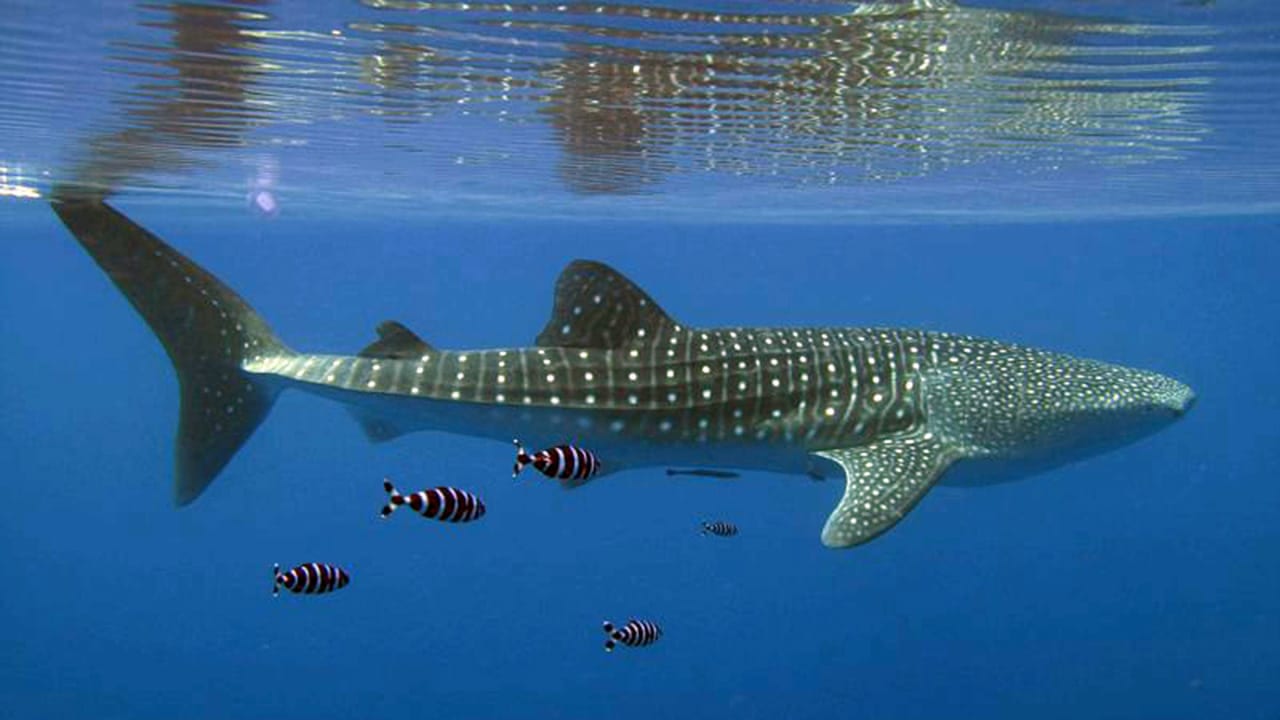Tropical Ocean Animals Adaptations

Gills allow them to breathe in the ocean water.
Tropical ocean animals adaptations. Animals such as flatworms sea stars giant isopod wood louse sole and flounder have adapted to living in the deepest ocean trenches where the pressure can be over one thousand atmospheres. Animals such as polar bears have fur even covering the soles of their feet. Encourage students to think about adaptations in marine animals related to obtaining food providing camouflage or safety from predators or dealing with changes in temperature salinity pressure lack of sunlight and need for oxygen.
Other plants like orchids bromeliads and ferns grow as epiphytes high up in the canopy where there is more sunlight. This is an important adaptation as it protects the organisms from the extreme cold. Many beautiful and fragile animals have adapted to the warm waters of coral reefs.
Despite their adaptations for life at sea sea turtles must breathe air with lungs like humans do. Some of the most amazing adaptations are from ocean animals like sharks jellies starfish stingrays and dolphins. Portuguese man-of-war secrete gases into a float that enables them to stay at the sea surface Remember.
The bill of a toucan is huge and is often thought to be a useful tool to fight off predators. This prevents them from slipping on the ice. Animal adaptations Many animals have adapted to the unique conditions of the tropical rainforests.
Because the reefs offer natural protection to many of the fish many interesting adaptations. The adaptations of a toucan in the Caribbean can include its bill and the colour of its feathers. Have students identify animal adaptations in a National Geographic photo gallery.
Camels long leg eyelids hump are all examples of adaptation. Tropical fish have many colors so they can blend in with the colorful ocean floor. Sharks are very good at finding food.






